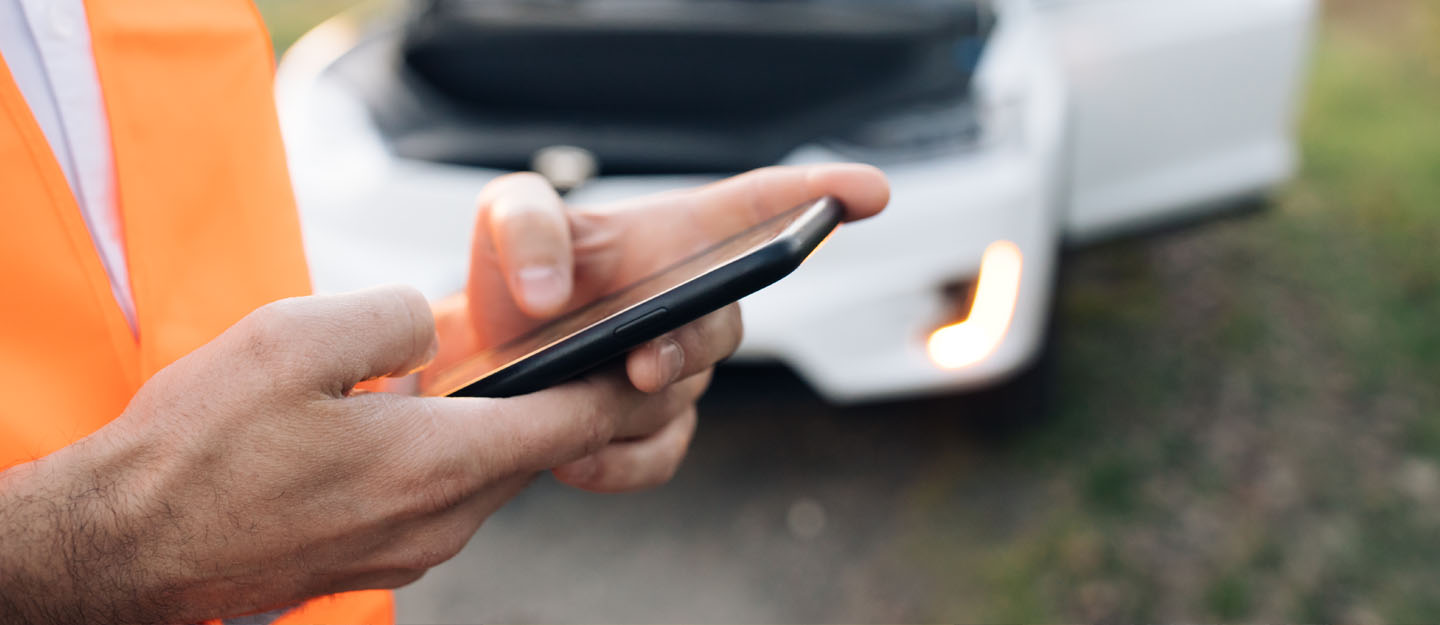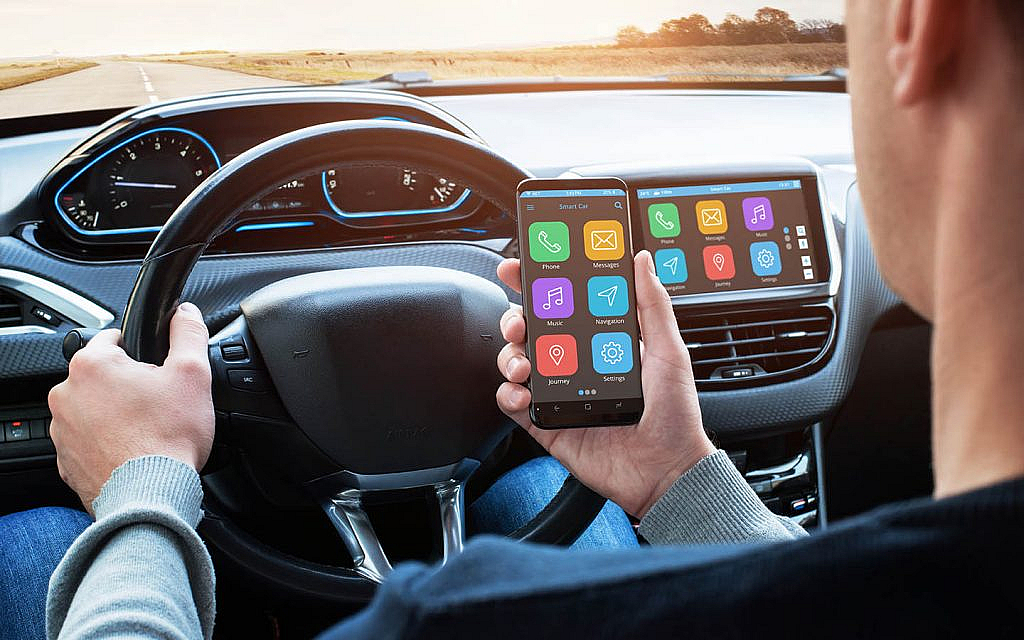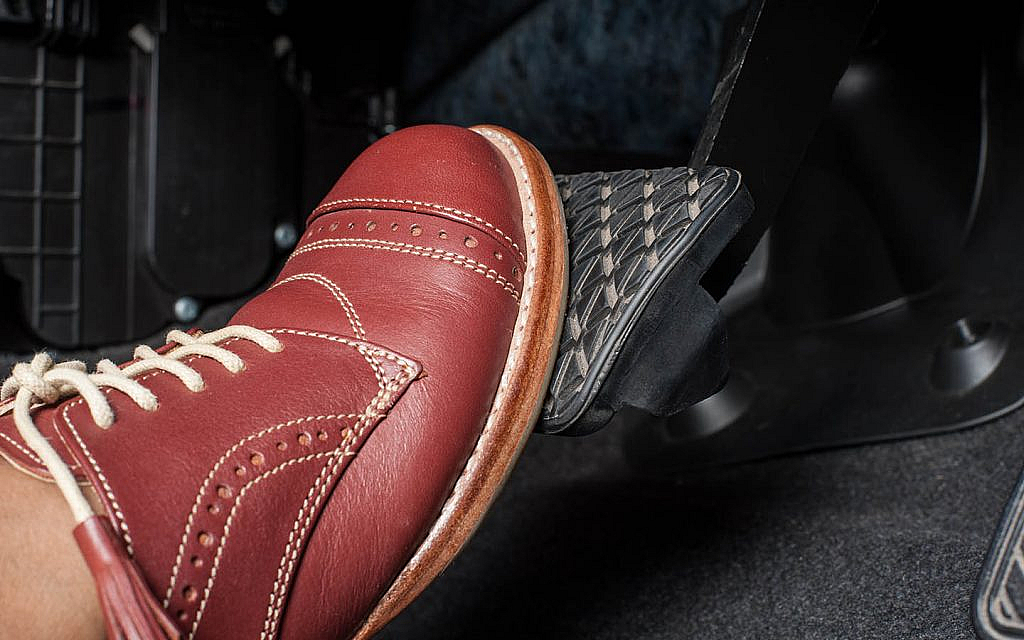Do Mobile Chargers for EVs Exist?

- Working
- Pros
- Cons
- FAQs
Electric Vehicles (EVs) are considered a beacon of revolution in the automobile industry. All the leading automobile brands are working on these sustainable vehicles, making them accessible to a larger clientele. Ranging from powerful motors producing enough torque to higher driveability, EVs offer everything to their users. However, battery charging and storage capacity is an issue that brands are still dealing with. To cater to this, an EV mobile charger has been introduced in the market. These charging devices are portable, enabling them to charge EVs without an electric supply.
Let’s dive a little deeper into mobile EV chargers and elaborate on their functioning, pros and cons.
Roadside Portable Charger for Electric Cars
The portable EV chargers work similarly to that of a power bank and can recharge batteries anywhere. That said, the adequate use of the technology can exempt drivers from range anxiety and other related issues.
Here are all the details regarding mobile chargers for EVs.
Portable EV Charger Working
The portable EV charger is the latest technology that is similar to that of a generator. Currently, there are two types of mobile chargers available in the market, battery-powered and fuel-powered.
As evident from the name, the battery-powered chargers feature a large rechargeable battery that stores electric energy. Whereas fuel-powered chargers burn fossil fuels to generate electricity, like a generator. Both of these chargers are portable and can charge EVs without a power supply. Since these chargers are portable, no proper electrical setup is required, simply plug in the mobile charger and recharge the battery. To understand the charging process, read through our blog on electric cars working.

The fuel-powered chargers can generate 9.6 kW at 240 volts, charging 1.6 km of range in 1 minute. The charging capacity of battery chargers depends on the storage capacity of rechargeable batteries. It is generally between 80 kWh to 1,000 kWh and can charge 64 km of range in an hour. Please remember that these calculations are rough estimations and may vary from charger to charger and vehicle.
If you are troubled with the above-mentioned units, read through our electric car glossary for a detailed explanation.
Pros of Mobile EV Chargers
Mobile chargers offer numerous benefits, some of which are listed below.
Convenience of Charging
The first and foremost benefit of portable EV chargers is the convenience of charging anywhere without a power source. These chargers are a reliable backup, allowing drivers to reach the nearest charging station without any hassle.
If you are also an EV owner, here is all you need to know about electric car charging in Dubai and other Emirates.
Exemption from Towing
Electric cars can not get towed because of no proper neutral gear. To cater to this, the car activates turtle mode when the battery is about to drain. The mode allows the driver to use the last unit of electricity before a complete stop. Using a mobile charger can exempt drivers from this hassle, allowing them to recharge the battery on the spot.
Travel Freedom
Mobile chargers provide complete travelling freedom to drivers. Whether they are travelling within the Emirate or planning for a short road trip from Dubai, EVs can cover the range.

Cons of Mobile EV Chargers
Prior to making any decisions, here are some cons of mobile chargers.
Weight and Size
Despite being portable, the mobile chargers can be heavy and bulky in size, making it difficult to carry them around. Moreover, the weight of the charger causes additional strain on the vehicle, reducing its efficiency.
Charging Output
The charging output of mobile chargers is low, making charging slower. Furthermore, these chargers rely on stored energy that is limited and can charge up to a certain limit.
Cost
The cost of mobile chargers is significantly higher. The charger can range anywhere between AED 580 to AED 1100 and even more.
FAQs
Are there portable EV chargers?
Yes, there are portable EV chargers that can recharge electric car batteries using the stored electrical energy.
What is the cost of a portable EV charger in the UAE?
Roughly, a portable EV charger can cost anywhere between AED 500 to AED 1100 and more.
Can I carry mobile EV chargers in my car?
Yes, some mobile chargers are smaller in size and can be transported in conventional vehicles. However, others are larger and might need a specialised vehicle.
This was all about mobile chargers enabling drivers to recharge their car batteries at any time. The portable chargers are making electric car maintenance easier and more convenient. That said, if you are also interested in driving an EV, browse through these used cars for sale in the UAE and buy your very own EV.
Stay tuned to dubizzle’s auto blog for more information on mobile chargers for roadside use.
































